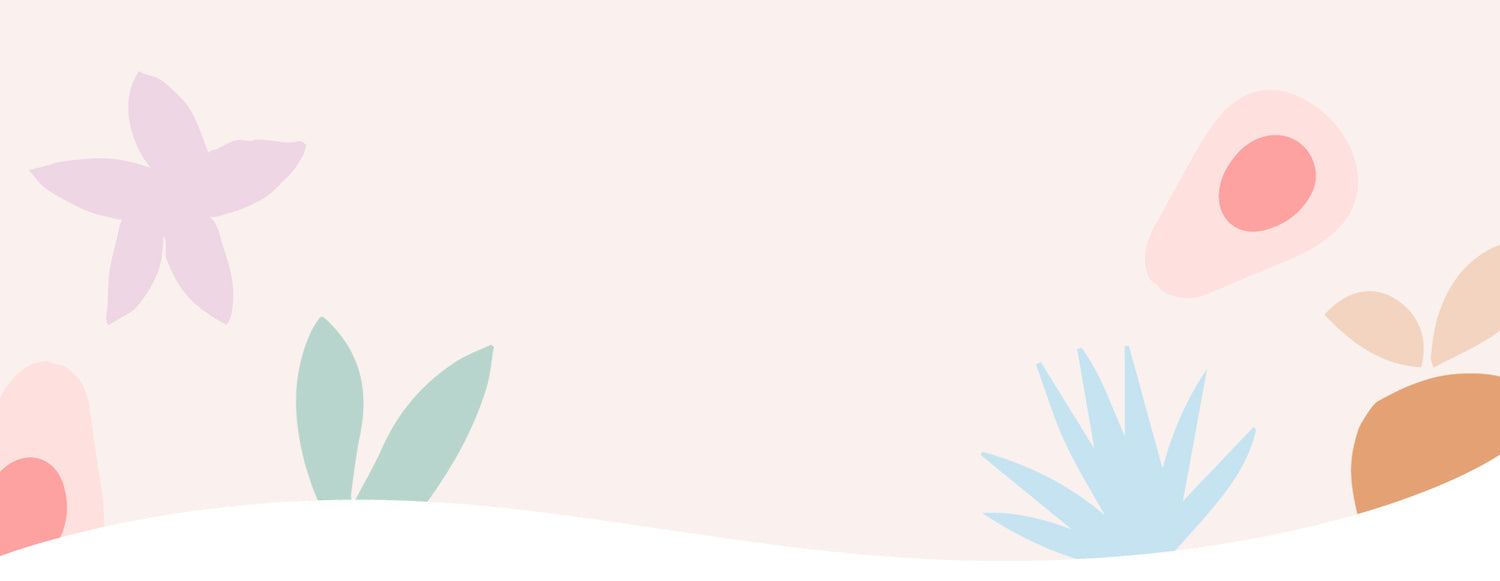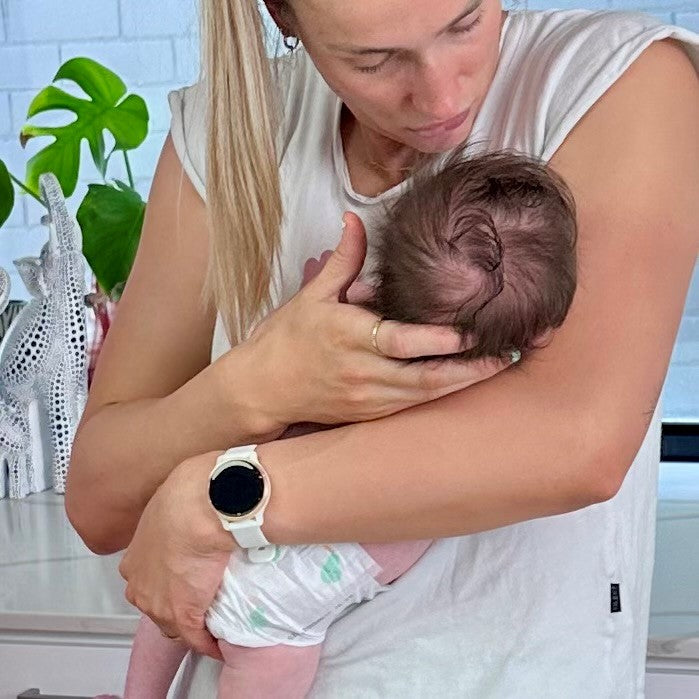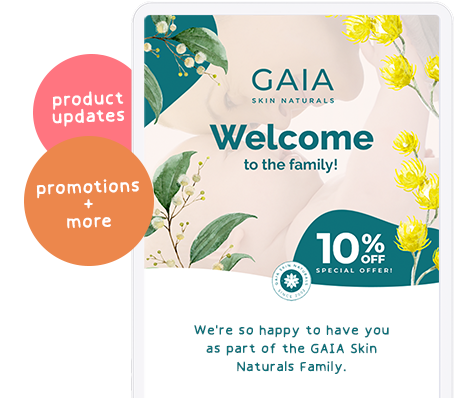By Midwife Monique Maitland, Founder of The Middee Society, in partnership with GAIA Natural Baby
It can feel overwhelming trying to figure out what’s “normal” when it comes to your baby’s skin. Rashes, spots, peeling… it’s easy to panic. But here’s the good news, the majority of these skin conditions are completely normal, common and harmless. As a midwife I get asked about newborn skin all the time, so I thought I’d break down the most common questions I hear, and reassure you about what you really need to worry about:
Newborn Rash (Erythema Toxicum)
Some babies get a rash in the first few days after birth.

What it looks like: Red patches, sometimes a little raised, anywhere on the skin.
Good to know: This rash is totally harmless. You don’t need to treat it, and it will go away on its own within a week or so.
Milia
Those tiny white spots on your baby’s nose or cheeks? Completely normal.

What it is: Little pearly dots caused by your baby’s sweat glands still developing.
Important: Don’t pop them! They’re not pimples and will clear up naturally in a few weeks.
Vernix
That white, creamy coating you may see on your brand new baby is called vernix caseosa.

Why it’s amazing: Vernix moisturises, soothes, and protects your baby’s skin. It even has gentle anti-infective properties. If you can, leave it for a while before the first bath. Nature knows best!
Congenital Dermal Melanocytosis
These flat, bluish-grey birthmarks can sometimes look like bruises, but don’t worry.

Where they appear: Often on the buttocks, lower back, or shoulders.
Who’s more likely to have them: Babies of African, Indian, Asian, or Polynesian descent.
Good to know: They’re harmless and usually fade over time.
Peeling or Dry Skin
If your baby was born after 40 weeks, you might notice some dry, peeling skin, especially on the hands and feet.

Why it happens: Baby’s skin is adjusting to life outside the womb.
Tip: Gently moisturise with a fragrance-free, natural baby lotion to keep skin soft and comfortable.
Final thoughts
Most newborn skin changes are nothing to worry about. Your baby’s skin is delicate but resilient, and with gentle care, it will thrive.
Tips for gentle newborn skincare:
● Stick to artificial fragrance-free, gentle products
● Avoid unnecessary treatments for harmless skin changes
● Trust your instincts and let nature do its thing
Remember: If your baby develops a rash with fever, blisters, or signs of distress, or if you’re ever unsure, check in with your healthcare provider. Otherwise, your baby’s skin is doing exactly what it should!



